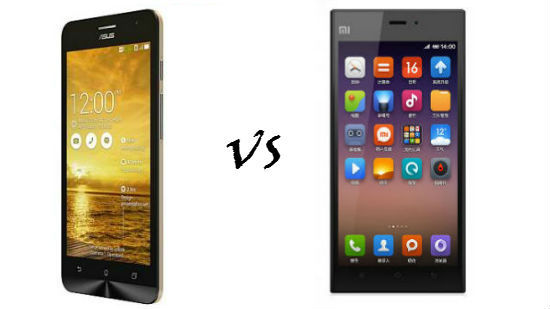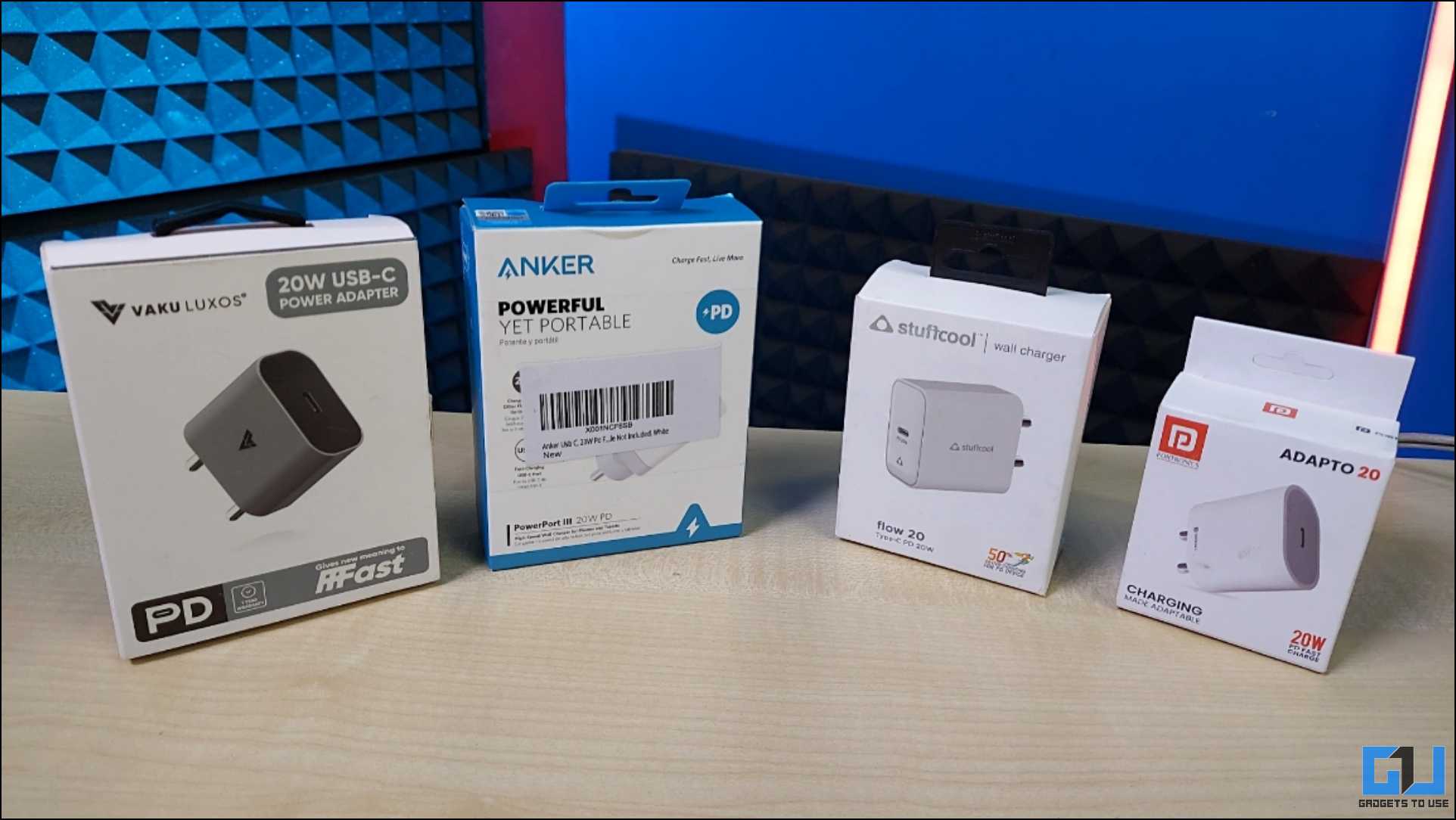Over the past few months, the global vendors are striving hard to enter the low-cost market segment. Some notable vendors are Asus, Motorola and Xiaomi. Lately, Asus came up with a slew of smartphones in the Zenfone lineup that are priced competitively. Following the same, even China based Xiaomi landed in the country with its much awaited offerings such as Mi3 priced at Rs 14,999. Today, we have come up with a comparison between the Zenfone 5 and Xiaomi Mi3 to help you decide which of these handsets could be a best buy.
Display and Processor
The Asus offering arrives with a 5 inch display that has a HD screen resolution of 1280×720 pixels translating to an average pixel density of 245 pixels per inch. On the other hand, the Mi3 also uses a 5 inch display, but it packs an increased resolution of 1920×1080 pixels that results in a higher pixel count of 441 ppi. Otherwise, both the panels are alike as they use IPS technology for better viewing angles and good color reproduction and Corning Gorilla Glass 3 protection for scratch resistance. Though there is a difference in the pixel count, we do not expect vast differences between them.
In terms of processing power, the Zenfone 5 employs a 1.6 GHz dual-core Intel Atom Z2560 chipset. Though it is a dual-core chipset, it is competent enough to a quad-core one with the Hyper-Threading technology that executes the instructions faster. On the other hand, the Xiaomi Mi3 is stuffed with a Snapdragon 800 SoC housing a quad-core 2.3 GHz Krait 400 processor that is used by many Android big ticket phones lately. Both the handsets have identical RAM capacity of 2 GB that can carry out efficient multi-tasking.
Camera and Internal Storage
The rear of the Zenfone 5 features an 8 MP primary snapper that is coupled with auto focus, LED flash and FHD 1080p video calling. This sensor is accompanied by a 2 MP front-facer that can help in video conferencing and in clicking selfies. In comparison, the Xiaomi Mi3 is believed to have a better camera with a 13 MP main camera that has auto focus, dual LED flash for enhanced low light performance, HDR shooting mode and FHD video recording. Furthermore, the front-facing 2 MP sensor onboard is claimed make video calls at FHD 1080p resolution. Hence, we can say that the Xiaomi offering is a better one in terms of photography with support for HDR and FHD 1080p video calling.
When it comes to the storage department, the Zenfone 5 comes in two variants – 8 GB and 16 GB variants. Both these versions support expandable storage support up to 64 GB via a micro SD card. In comparison, the Xiaomi Mi3 features 16 GB of internal storage option that cannot be expanded as the handset lacks a micro SD card slot, which remains a downside.
Battery and Features
The Zenfone 5 has a 2,110 mAh battery that is rated to deliver a backup of 18.5 hours of talk time and 353 hours of standby time. On the other hand, the Xiaomi Mi3 appears to have a stronger 3,050 mAh battery that can pump in a better backup of 25 hours of talk time and 500 hours of standby time.
In terms of software, the Zenfone 5 based on Android 4.3 Jelly Bean is upgradeable to v4.4 KitKat, whereas the Xiaomi Mi3 arrives with the Android 4.4 KitKat. Also, both the Zen UI and the MIUI v5 are pretty different from each other and they provide a great user experience.
Key Specs
| Model | Asus Zenfone 5 | Xiaomi Mi3 |
| Display | 5 inch, HD | 5 inch, FHD |
| Processor | 1.6 GHz Dual Core | 2.3 GHz Quad Core |
| RAM | 2 GB | 2 GB |
| Internal Storage | 8 GB/16 GB, Expandable up to 64 GB | 16 GB, Non-Expandable |
| OS | Android 4.3 Jelly Bean, Upgradeable to v4.4 KitKat | Android 4.4 KitKat |
| Camera | 8 MP/ 2 MP | 13 MP/ 2 MP |
| Battery | 2,110 mAh | 3,050 mAh |
| Price | Rs 9,999 | Rs 13,999 |
Conclusion
Both the handsets are priced reasonably in the sub Rs 15,000 price bracket. Those who are concerned only on the pricing can choose the less priced Asus Zenfone 5 with a expandable storage support. On the other hand, if the concern is on the performance, the Xiaomi Mi3 with a powerful processor, improved camera aspects and a juicier battery should be the right option.




